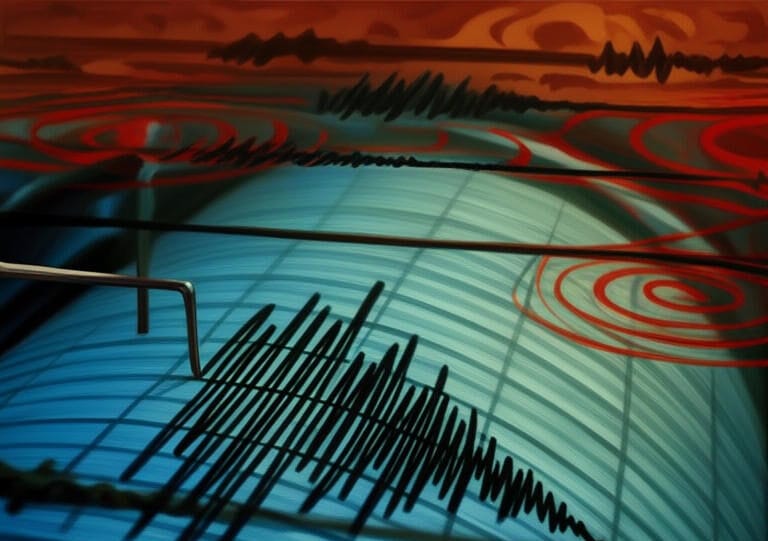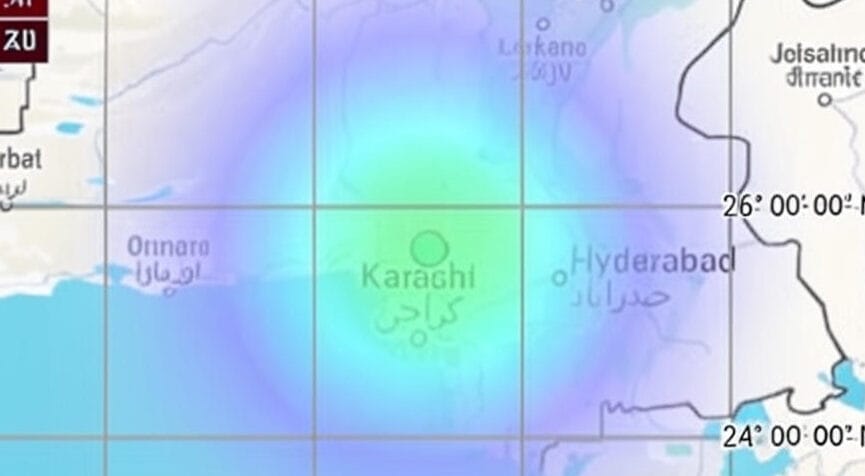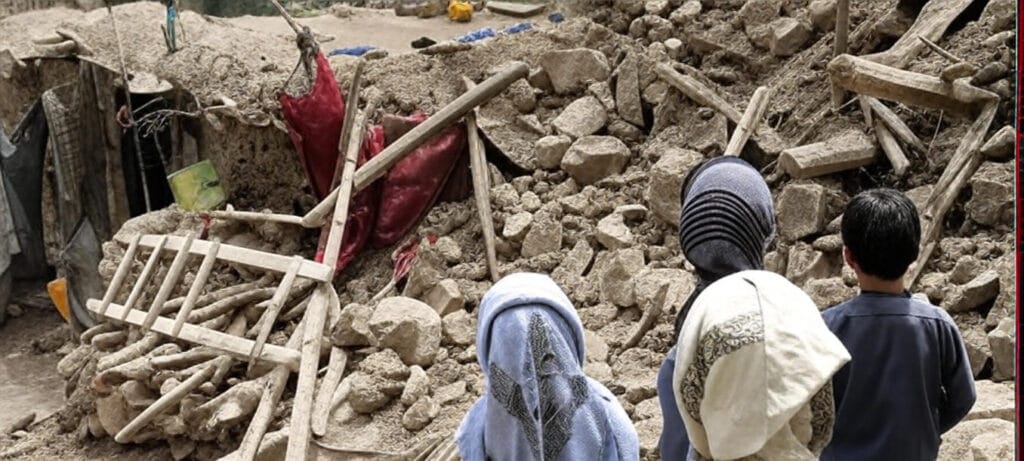
On September 4, 2025, a magnitude 4.7 earthquake struck near the Pakistan-Afghanistan border, sending mild tremors through northwestern Pakistan, particularly in Khyber Pakhtunkhwa.An earthquake happened at 9:40 AM local time (GMT +4:30), showing that the area is still at risk for earthquakes because of its position on tectonic plates.While no significant damage or casualties were reported, the quake highlights the urgent need for enhanced disaster preparedness. This SEO-optimized article examines the earthquake’s details, regional context, implications, and steps toward building resilience in Pakistan.
Earthquake Details and Immediate Impact
Event Overview
On September 4, 2025, at 9:40 AM local time, a magnitude 4.7 earthquake occurred 68 km southwest of Asadabad, Kunar, Afghanistan, near Pakistan’s border. Classified as a shallow quake with an unspecified depth, it caused mild shaking in areas such as Peshawar in Khyber Pakhtunkhwa. Social media reports from residents described brief tremors, but no structural damage or injuries were reported, consistent with the quake’s moderate magnitude.
Observed Effects
Shallow earthquakes, typically occurring at depths less than 70 km, can amplify ground shaking. Fortunately, the September 4 event’s impact was minimal, with no immediate reports of harm. This aligns with the quake’s magnitude, which is below the threshold for significant destruction.
- Location: 68 km southwest of Asadabad, near Pakistan’s border.
- Impact was felt in Khyber Pakhtunkhwa, but there was no reported damage.
Regional Seismic Context

Tectonic Setting
Pakistan lies at the convergence of the Indian and Eurasian tectonic plates, making it one of the world’s most seismically active regions. Provinces like Khyber Pakhtunkhwa, Balochistan, and Gilgit-Baltistan are particularly vulnerable due to their proximity to major fault lines, such as the Main Central Thrust.
Recent and Historical Activity
The September 4 quake follows a devastating magnitude 6.0 earthquake on August 31, 2025, near Jalalabad, Afghanistan, which killed over 1,400 people. In the past 30 days, the region experienced 28 quakes, including five between magnitudes 5.0 and 6.0. Historically, Pakistan has faced catastrophic events like the 2005 Kashmir quake (magnitude 7.6) and the 1945 Balochistan quake (magnitude 8.1), highlighting the ongoing seismic threat.
Implications for Pakistan’s Vulnerability

Economic and Social Impact
Earthquakes cost Pakistan an estimated 1-2% of its GDP annually, significantly affecting agriculture, which employs 38% of the workforce and contributes 19% to the economy. Urban centers like Peshawar, with aging infrastructure, are at risk from shallow quakes that can damage poorly constructed buildings.
Broader Challenges
Pakistan’s disaster response is complicated by armed conflict, Afghan refugee inflows, and economic constraints. The August 31 quake in Afghanistan demonstrated how rugged terrain and poor infrastructure can hinder aid delivery, a concern for Pakistan’s border regions.
Strengthening Disaster Preparedness
Current Strategies
Pakistan’s Earthquake Contingency Plan 2025 emphasizes early warning systems, community resilience, and disaster risk reduction. However, implementation faces challenges due to political instability and limited resources.
Recommended Actions
Experts recommend retrofitting buildings, enforcing seismic-resistant building codes, and enhancing public alert systems to mitigate risks. Strengthening infrastructure in high-risk areas like Khyber Pakhtunkhwa is critical to reducing future impacts.
- Priority: Improve seismic building standards and public awareness.
- Collaboration: Partner with international organizations to bolster disaster management.
Conclusion
The 4.7 earthquake near the Pakistan-Afghanistan border on 4 September 2025, however, reminds of the seismic vulnerability of the region.With no reported damage, this event offers an opportunity to reinforce preparedness efforts. By investing in resilient infrastructure, early warning systems, and community education, Pakistan can better safeguard its population and economy against future quakes. Collaboration with international partners and a focus on seismic safety will be essential to building a more resilient future.
Sources: VolcanoDiscovery, National Center for Seismology, United Nations OCHA, Reuters,ary,geo news ,ndma





